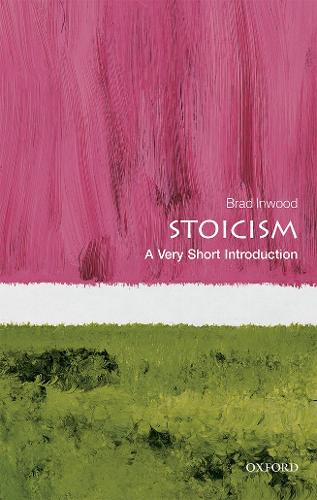
Stoicism—or modern slants on it—seems to be all the rage at the moment. This useful guide explains what we know, and what we think we know, about ancient stoic philosophy.
Early on, Brad Inwood explains that, although ancient stoicism had an approximately 600-year history, containing a wide variety of views, the only substantive works that survive come from three individuals who lived towards the end of that time-span: Roman statesman Seneca the Younger, the former slave Epictetus, and Roman emperor Marcus Aurelius. So much of the diversity of ancient stoic philosophy has been lost, although some of it can be inferred.
The book explores three topics of importance to many ancient stoics: physics, ethics, and logic. It is stoic ethics that is of most interest to people who think of themselves as modern stoics. This is hardly surprising as ancient stoic logic was not particularly sophisticated, and their physics was hopelessly wrong by modern standards, being based on the idea of the four classical elements: earth, air, fire and water. Stoic ethics was based on the four classical cardinal virtues: justice, courage, wisdom, and moderation. But, as Inwood explains, attempting to live a ‘good’ life guided by these virtues involved sophisticated thinking, and can still be of use to people living in the twenty-first century.
- Buy this book from Bookshop.org (UK) and help tax-paying, independent bookshops.
- Buy this book from Amazon.co.uk
- Buy this book from Amazon.com

Leave a Reply